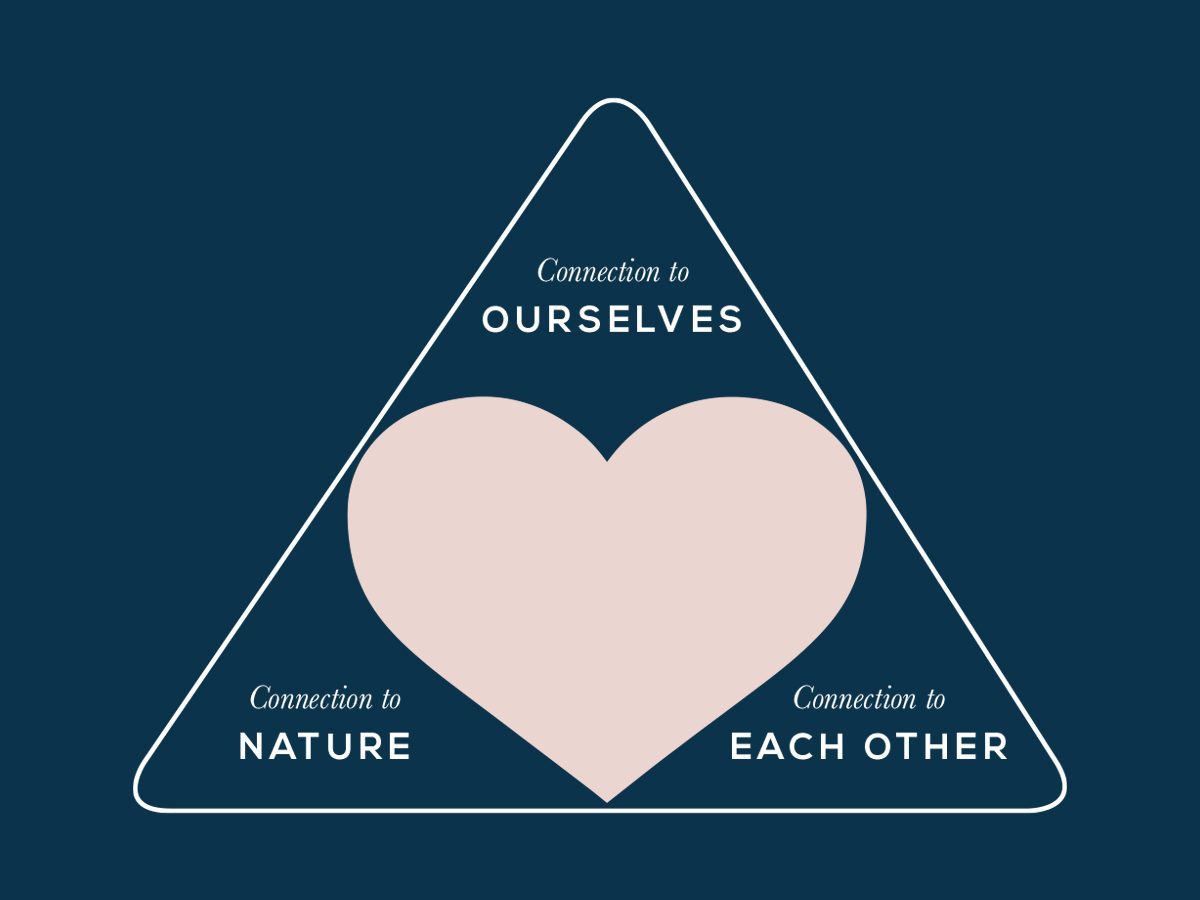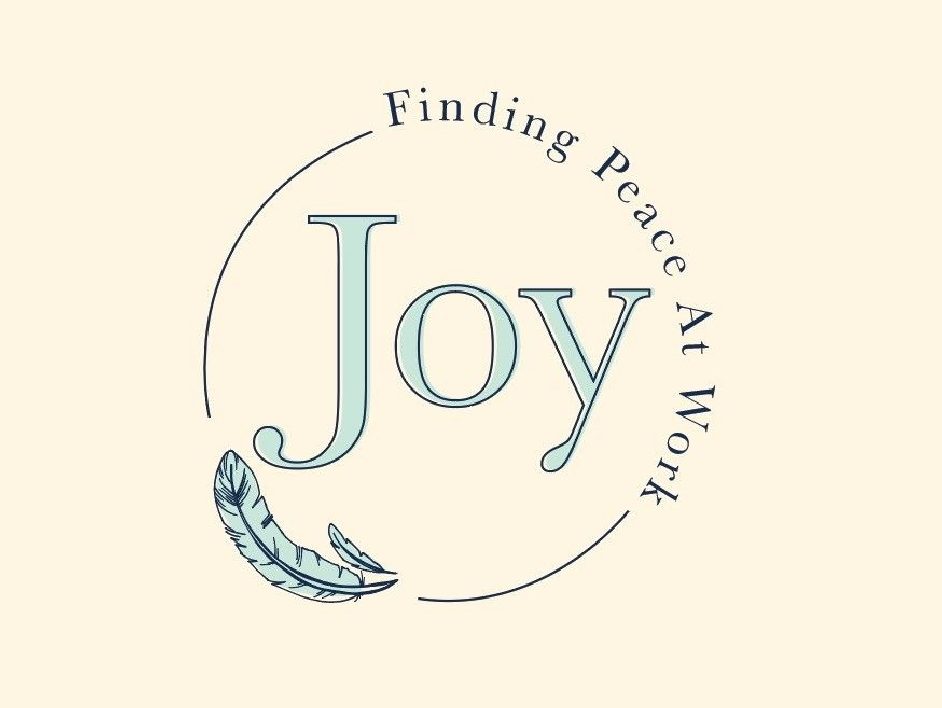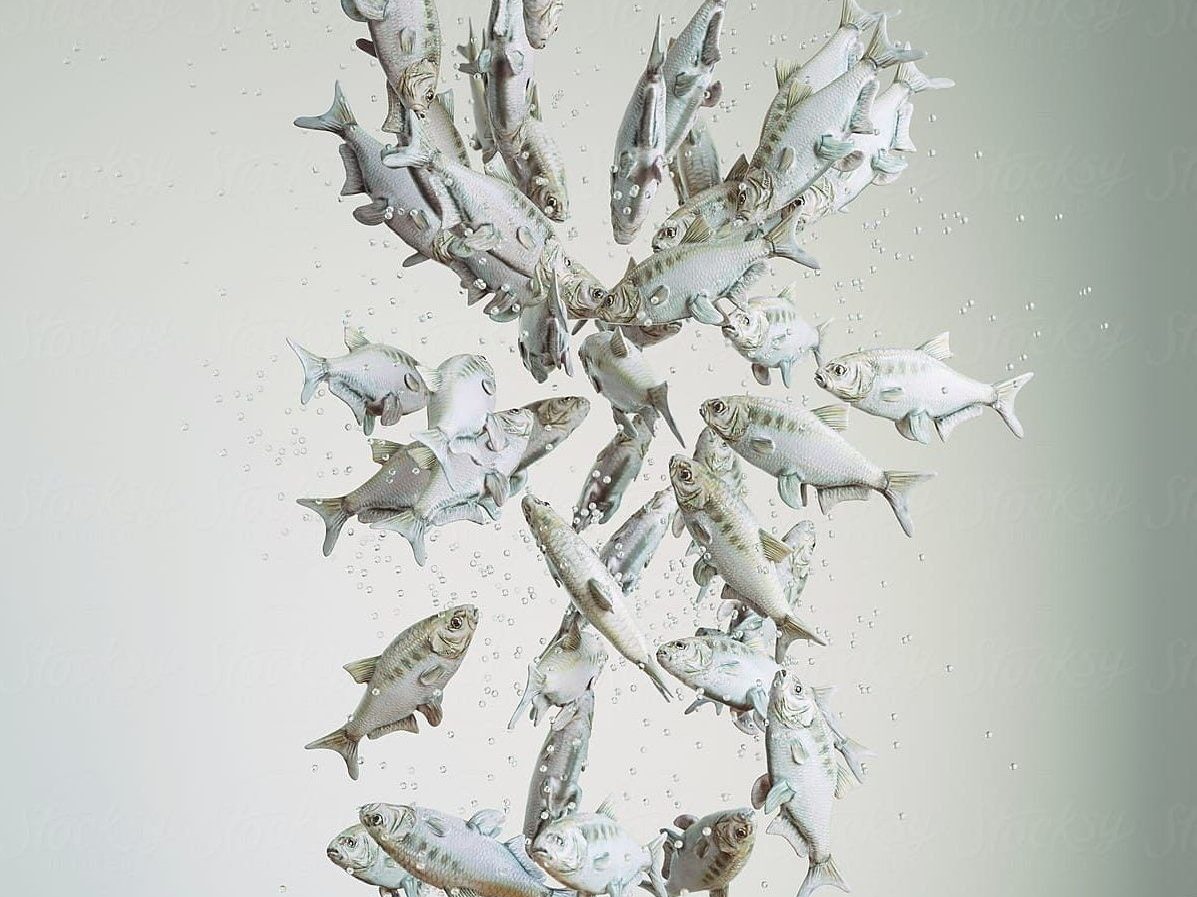
The Trilogy of Connection and the dawn of a new era of leadership
If we change the way we work, we will change the world.
Big statement. Utopian perhaps, but I don’t believe so. It has become clearthat we need to reimagine, redefine and upgrade how we relate to ‘work’. Itis a human imperative.
I’m pretty sure we can all agree, we’ve deviated so far from our true nature as a species and we are in danger of being early participants in the 6th extinction…
We’re fat. We’re sick. We’re sad.
And we’re not sure what to do about it.
Our children have never been more stressed. A recent report from mental health organisation Headspace suggests two-thirds of 18 to 24-year-olds report high or very high levels of stress. These unprecedented levels of stress are being met in equal measure with prescription drug use, with Australia having the second highest rate of antidepressant use in the world. The price of this is enormous – in workplaces alone, stress-related presenteeism and absenteeism are directly costing employers $10.11 billion a year.
Collectively, we have been admiring this problem for some time. Many have proposed helpful solutions and made some headway into naming the issue,but none of them have truly asked us to question our relationship to ‘work’ and how we as a society could seek to address the mounting evidence and real problem that our modus operandi is broken.
Why am I picking on ‘work’; what about all the other things we do outside the office that are contributing to our unhappiness? And isn’t fulfillment something we should seek outside of our workplaces? Well, no actually. I believe step change will occur when we reimagine our definition of ‘work’ – how we relate to what we do ‘for a living’ and seek purpose in ‘bringing home the bacon’.
Once upon a time, we went to ‘work’ for two primary reasons – to satisfy the soul and pay for our material existence on the planet. Now, it’s safe to say most people’s first response when asked why they go to ‘work’ is ‘to earn a living’. The idea that work could also satisfy greater desires such as purpose, spirituality and contribution to the greater good has been long lost.
How do we, through workplaces and the time we spend at ‘work’ (which is over 1/3 of our waking hours), reconnect with who we are, tap back into that innately human desire to be part of the something bigger, and move our relationship with ‘work’ from obligation to inspiration?
Enter… the Trilogy of Connection and a new age of business and leaders who are deeply connected to themselves, and understand our innate need to connect with each other and nature.
Sound a bit ‘new age’? It needs to. We’re entering a new age. This is an age where the old paradigm of ‘work them as hard as you can and pay them as little as possible’ is over. Where ‘us’ and ‘them’ won’t fly. Where unsustainable practices, related to both how people are treated internally as well as how companies treat the external environment, are under serious scrutiny.
The next generation of ‘workers’ are being called ‘generation disrupted’ and school children striking, classroom walkouts, the steady trickle of sea and treechangers are just the start.
The 2019 Deloitte Global Millennial Survey found an unprecedented number of millennials have lost faith in business and business leaders. Driven by the belief that businesses focus on their own agendas and do not consider wider society, the number of respondents who said business has a positive impact on the world falling to 55 percent – the lowest on record.
Nothing new here…but what is new is the unstoppable march of millennial dollars and cents to force a new kind of business and a new kind of leadership. The Deloitte report found that 49 percent of the millennials surveyed would, if they had a choice, quit their current jobs in the next two years. Business would be foolish to ignore such a huge planned exodus and will be forced to take a long hard look in the corporate mirror. The inevitable response will be workplace strategies that truly attract and retain the best talent and go deeper into what it means to be well at work, transcending the obligatory fruit bowl and free yoga class.
So how do we upgrade the traditional Human Resources role? How do we provide a platform for ‘People and Culture’ to make a difference and what is it that all leaders need to do to future-proof their organisations and find the goldilocks point where efficiency and care are truly reconciled?
The first part of the Trilogy starts with our internal worlds and as leaders we have a responsibility to reassess how we lead me, myself and I. Perhaps we could call it iLeadership…. not to make the late Steve Jobs happy, but because we all get it – it belongs to us, it’s an internal personal device. iLeadership is about how we communicate with ourselves and how this in turn informs how we lead and inspire teams, creating vibrant and engaged workplaces. Workplaces that will play a critical role in creating the collective synaptic pathways leading to a new generation that will evolve the human experience – connected, and harmoniously fulfilled.
Your internal dialogue is the first step to reimagining your role and relationship to work. Internal self-talk refers to your inner voice that provides a running commentary while you are awake. It reflects both your conscious and unconscious beliefs and influences how you react to a situation — how you feel and what you do.
How you treat yourself has everything to do with how you treat others and ultimately informs what type of team member or leader you are. The old adage that “You can’t truly love anyone else, until you love yourself” needs to be applied to leadership if we are to elevate ourselves from what we have become – a hunch-backed, device-addicted, disconnected race of unsatisfied beings that are in danger of losing their humanity.
Once we have begun to establish a deeper connection to ourselves, we can move to the second part of the Trilogy of Connection and expand this to others – our families, friends and in the workplace of course, our colleagues. I can’t imagine anyone arguing with the statement that, in this highly connected world, we have never been more disconnected. Our obsession with ‘busyness’, our daily addictions to email, SMS, Facebook, Instagram instant messaging, WhatsApp, Twitter, Slack and the myriad of digital tools created to help us connect more have done the opposite.
The biggest pandemic this planet is facing, is not Influenza, Ebola or mosquito-borne diseases…it is loneliness. We are more connected, yet never more disconnected and loneliness is set to be the next greatest health crisis our current governments and healthcare workers will face. Loneliness and isolation are never more present than in business and in particular for business executives and leaders. The old saying ‘its lonely at the top’ has never rung truer. There is well established scientific evidence that loneliness directly and significantly affects physical health and without our health, things are grim.
Now let’s turn to the third piece in the trilogy, connection to our physical world. It seems logical that as creatures of the ‘earth’, we need to spend significant time on and with ‘earth’. The huge grounding trend in Asia, where office workers place their feet on little electric mats under their desks that recalibrate their frequency to that of nature is no surprise. If you want to get technical…we are electric beings. In fact, you are 99.9999999% empty space or energy. We find ourselves in this digital age housed in an ever-expanding concrete world, surrounded by man-made materials, chemicals, artificial light and sound pollution that we cannot control. This environment alters our natural frequency and is why when we go out into nature we feel so good… in being in contact with plants, the ocean and clean air, we recalibrate our frequencies to that of nature and our bodies come back to homeostasis.
Throughout history, and still seen in indigenous cultures around the globe, human beings have had vibrant inner worlds. Through storytelling, ritual and ancient practices such as yoga and meditation we have turned inwards and nurtured the gardens of our minds. We have also been inherently social(sans Facebook, Instragram and co.) creatures, we have thrived for millions of years through the ‘togetherness’ of social groups and theories of mutual aid and co-operation have helped us evolve. Furthermore, we were once deeply connected to our natural world, relying on our relationship and understanding of it for survival. It’s easy to see how far we have deviated from this in our blatant disregard for our earth and its precious resources.
It’s time to reconnect.
Three ways – to our inner worlds, to each other and to the extraordinarily beautiful natural world we live in. We need to apply this in our workplaces where we spend the majority of our waking hours, with leaders bringing more humanity into boardrooms, offices, shared spaces, tea rooms, and of course in the digital sphere. We must define and follow a new and more enlightened pathway, where the place of people and the planet in businesses’ ‘ROI’ are clear and deeply embedded in corporate conversations. It is no longer a question of why…but how.
It’s time to reimagine what it means to ‘earn a living’, recalibrate how we view what it is we do each day and get our bodies, minds and spirits fit for the future of work.
Leave a Comment
You must be logged in to post a comment.


